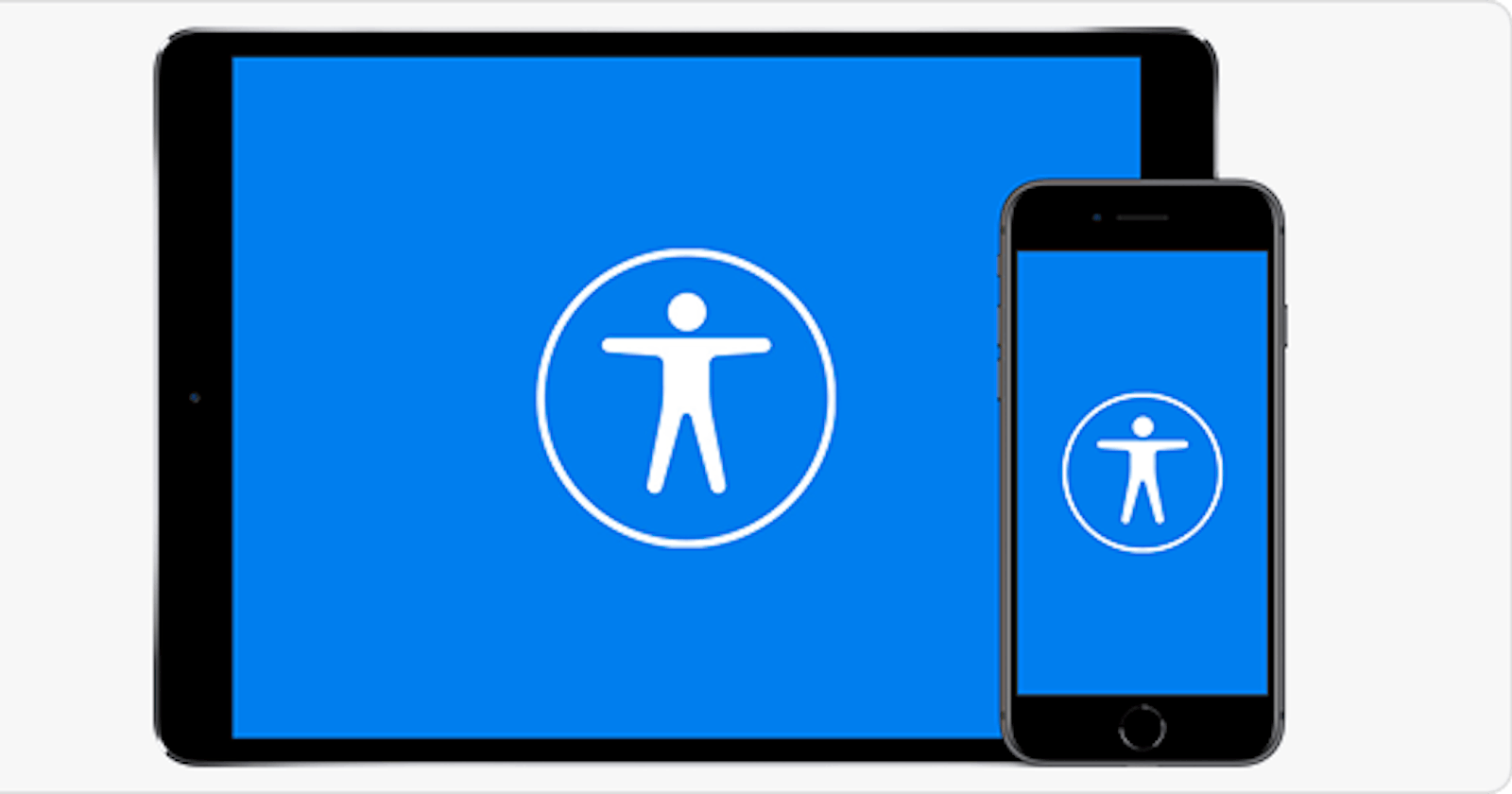Give or take a little, but approximately 10% of people in the world have some degree of “print impairment”, meaning people with visual impairments, dyslexia, or motor disabilities which can seriously affect their ability to read. This is not new. What is new is that the publishing industry is now part of the digital realm and by default much more user-oriented. Ensuring that published content is accessible to all is becoming more and more important, both socially and legally. Today’s readership needs to be able to consume technology in a variety of different ways, and digital publishing presents an unprecedented opportunity for publishers to extend their products to the widest possible audience.
Full access should be the norm rather than being “special”, but we are not there yet. Accessibility features need not be exclusive or intrusive – they should assist all readers. Technology that is adaptive to the individual means that everyone can benefit from the same choices of access. There is no downside.
A website or document that is accessible for one person may not be accessible for another. There are as many different needs, preferences and requirements out there as there are individuals. In a general sense, an accessible product offers the maximum flexibility of user experience for all readers and allows the content to be accessed and manipulated with ease by those with or without disabilities.
Because there is such a broad range of accessibility needs, some readers simply require a large-print option while others need a fully navigable structured file (such as a DAISY file, an EPUB 3 file or an HTML-based e-book) that they can use with text to speech software. Other people like to use Braille in its many forms.
For people with print impairment, their difficulties can range from issues with font size right through to a complete inability to interact with any part of the page or screen. For many, the inflexibility of print-based material in the past has meant that any form of access has been difficult or impossible, but reading experiences can be improved by providing various options within a file.
Structurally-tagged content, such as using “alt text”, can solve many accessibility and usability issues. Alternative text descriptions can explain illustrations for readers who have reduced access to graphic information. Text-to-speech (TTS) capability is vital for many print-impaired users. In the absence of a commercial audiobook, digital text can be converted to synthetic speech using easily available software. Users who can see the screen simply select the text they need and have it read aloud by text-to-speech tools. Users who cannot see a screen need screen reader tools which both read the content and provide audio navigation. Again, this is where alt text comes in.
In a well-constructed accessible document, reading with a screen reader can be close to the experience of reading by sight. Screen readers allow navigation within a page, announce bulleted lists and tables, spell words on command, and can be set to read at different speeds and change voices and pitch for different types of content.
All documents contain three attributes: Structure (the sequence of Chapters, Sections, body paragraphs, etc.), Content (the words, spaces and images) and Appearance (the style and geometric layout of the page and its contents). All three attributes must be considered when making content accessible.

